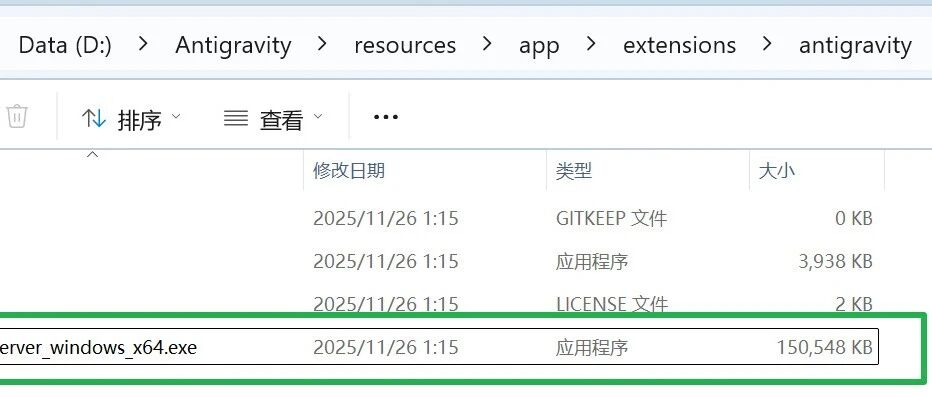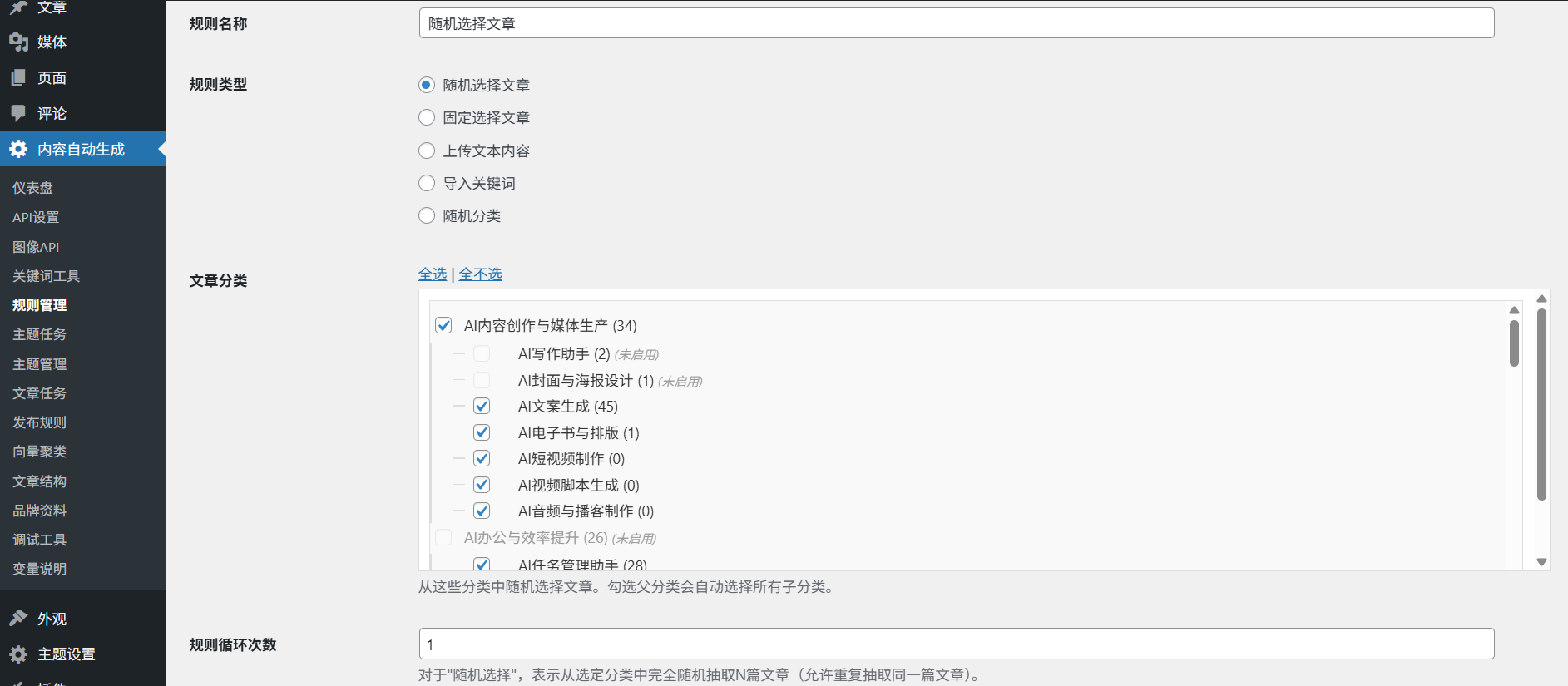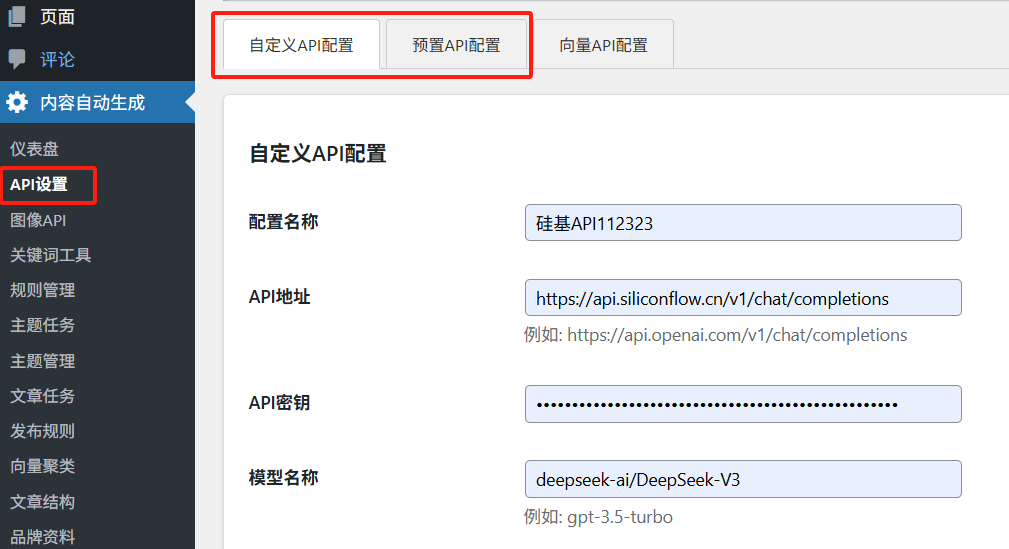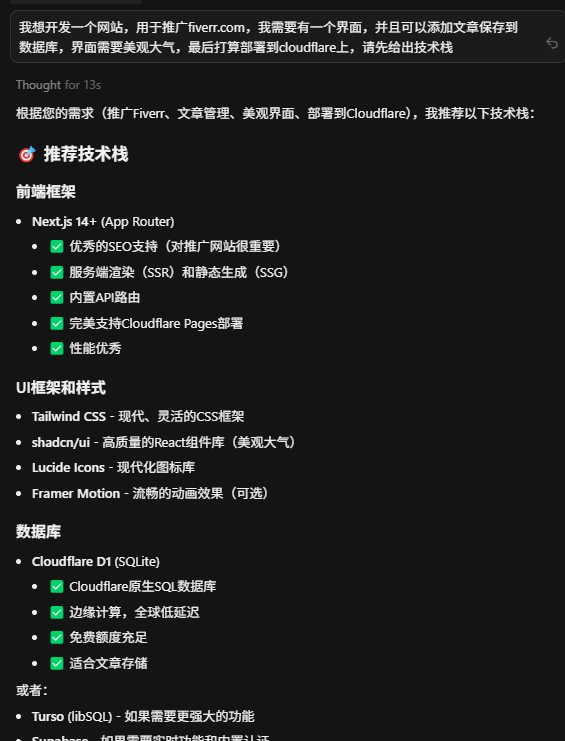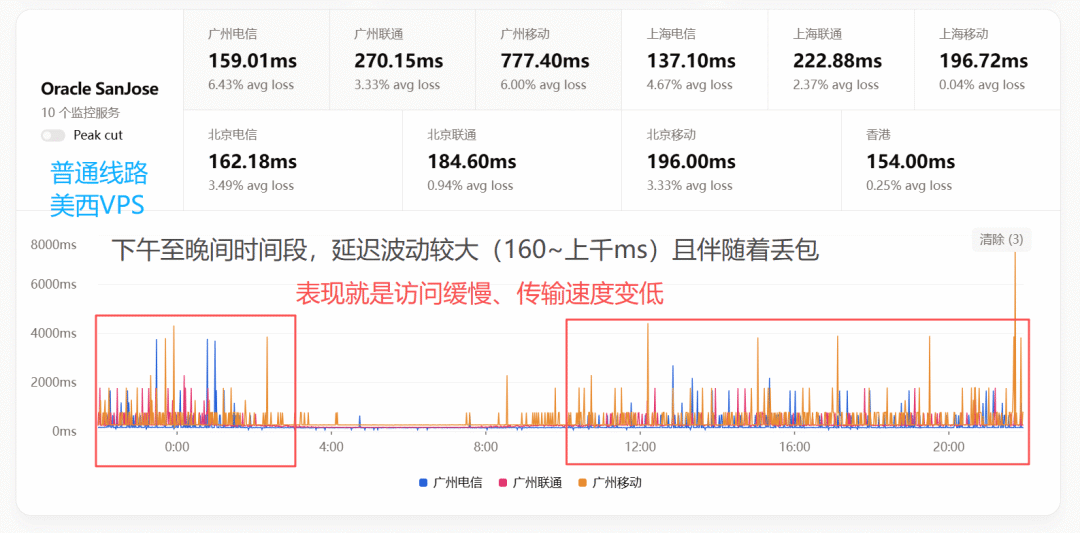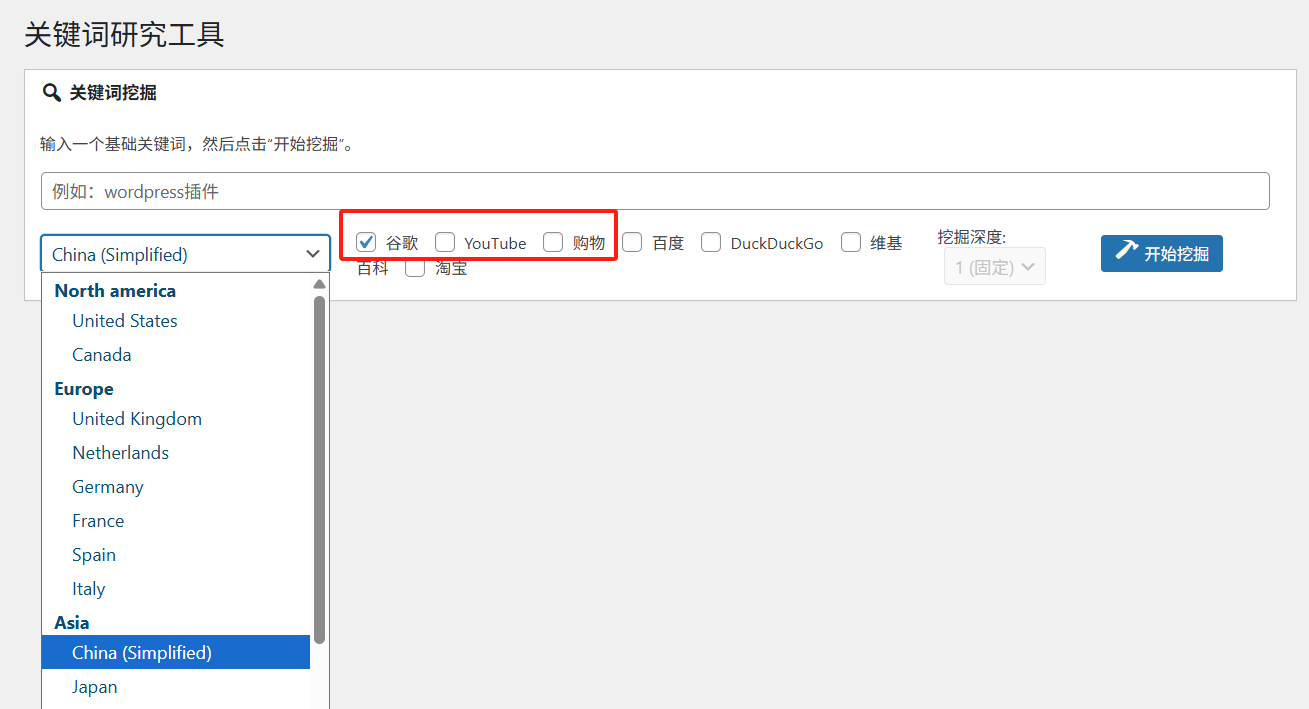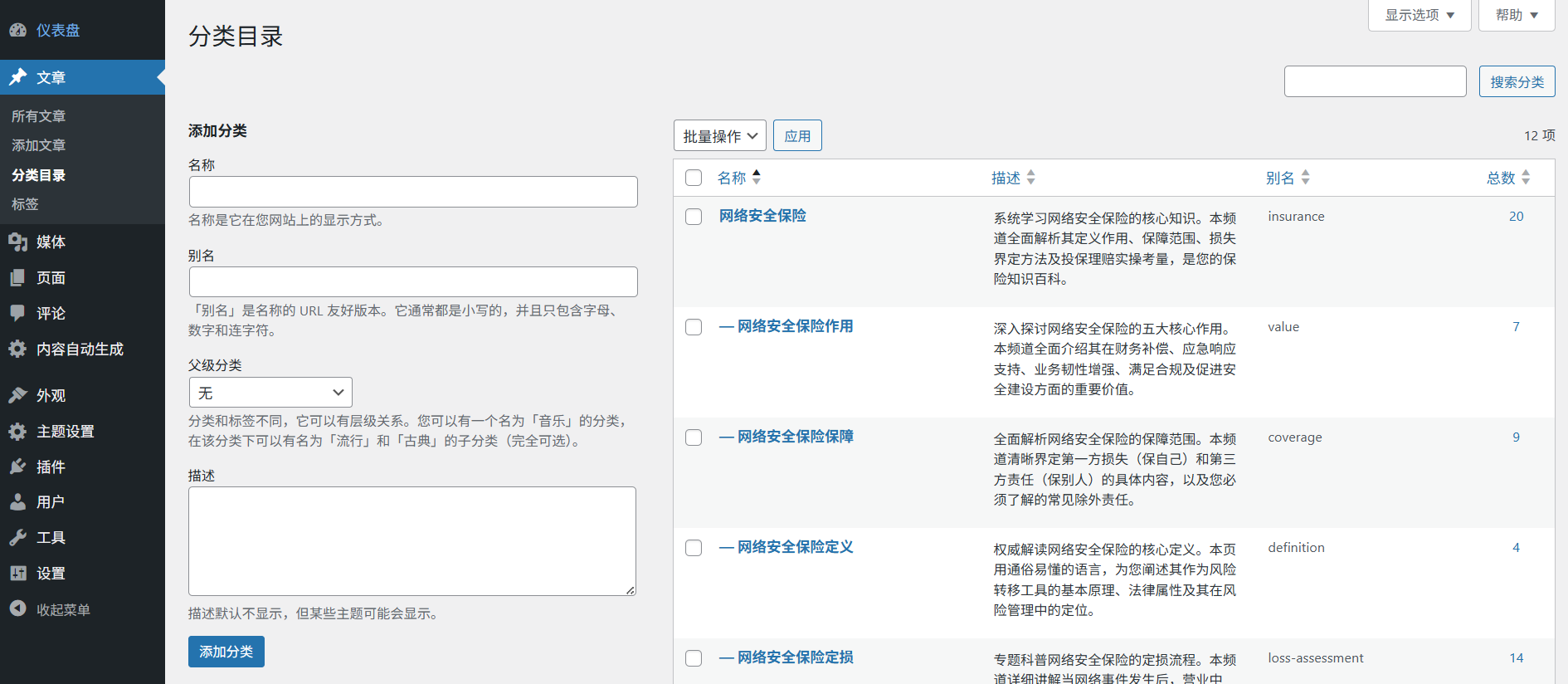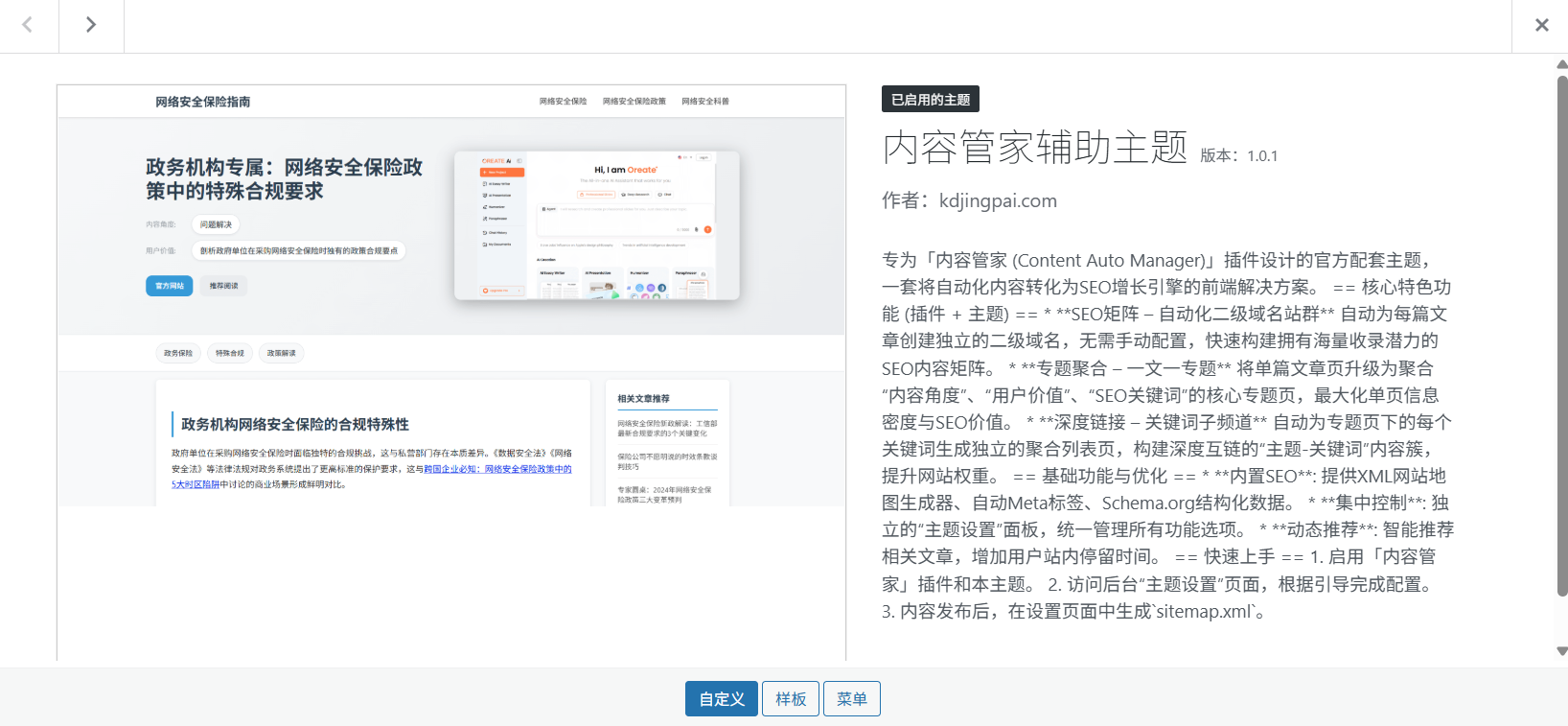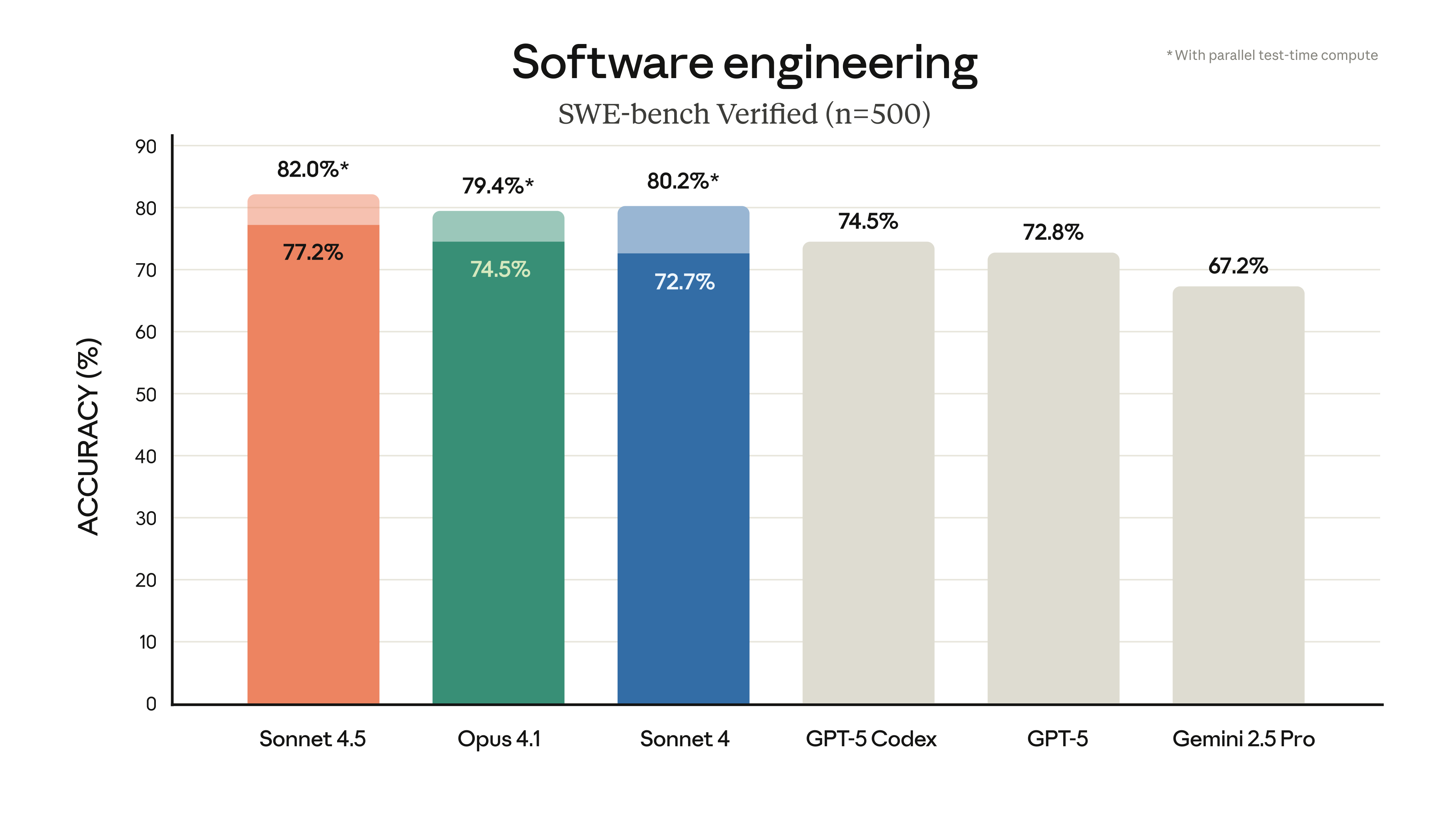The key steps in building an automated literature analysis system are as follows:
- Role Definition: Create intelligences with document analysis capabilities, such as setting up
ResearchAssistantCharacter and specific system tips - tool integration: Loading
SearchToolkitand other tool sets to equip intelligences with literature search capabilities - Task organization: Designing multi-intelligence collaborative processes, e.g., tandem work of summary extraction intelligences + keyword analysis intelligences
- Optimization of results: Validate the accuracy and consistency of analysis results using the system's built-in evaluation framework
Typical application scenarios include: automatically generating dissertation synthesis reports, constructing domain knowledge maps, and monitoring discipline research hotspots. The system can work continuously for 7×24 hours, and the efficiency is more than 50 times higher than that of manual labor.
This answer comes from the articleCAMEL-AI: An Open Source Framework for Building Multi-Intelligent Collaborative SystemsThe













